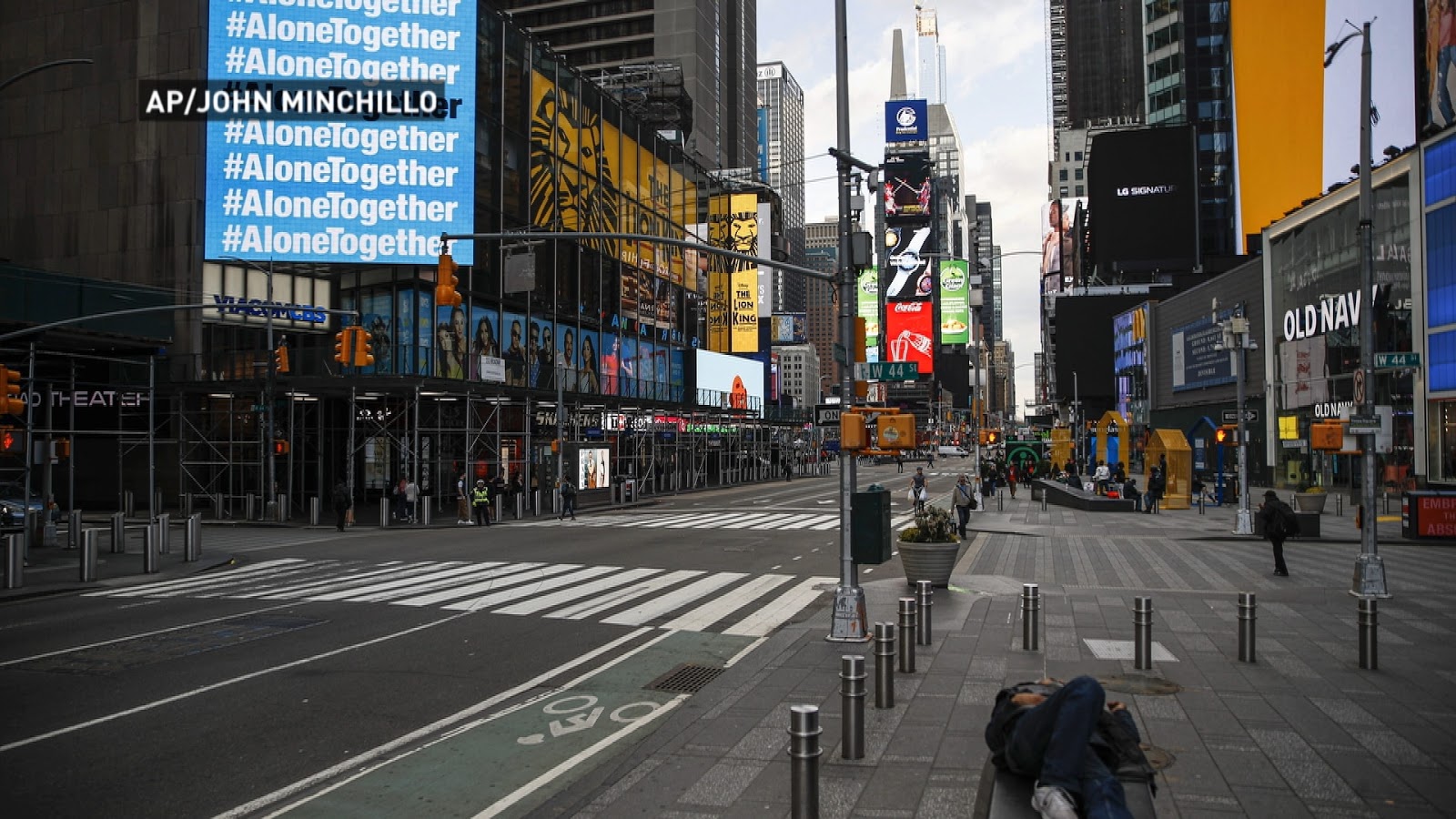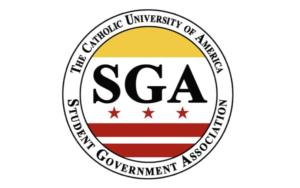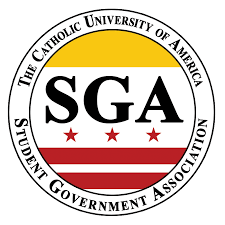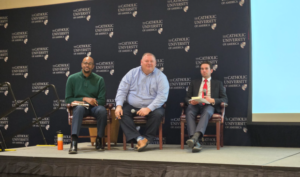Coronavirus within NYC

Courtesy of CBC
By Katie Hoban
New York City is one of the most densely populated cities in the United States and is the epicenter for the COVID-19 crisis. As of April 8, New York has stated that the city has over 80,000 confirmed cases, with close to 5,000 deaths.
The city alone has the most confirmed cases than any other country outside of the United States. In fact, the number of deaths due to the coronavirus in New York City has surpassed the death toll from 9/11, as noted by Governor Andrew Cuomo.
With grim news reappearing on a daily basis, Gov. Cuomo came out with some good news: social distancing measures are working.
“It’s flattening the curve,” said Cuomo. “The system should stabilize over the next couple of weeks.”
With this still in mind, circumstances inside New York City are still grim. There have been over 779 deaths as of April 8, the new record one day high for New York City.
Many students at Catholic University are from New York, bearing the virus on the front lines. Life, they say, has been turned upside down.
“Being from New York is definitely a challenge these days,” sophomore Phil Ahearn stated. “Seeing a city as vibrant as New York City come to a standstill is absolutely horrifying, and I just can’t wait for it to be over.”
Margret Schultzberg is a sophomore education major who lives only a few blocks away from New Rochelle, the first outbreak center in New York. She said it’s like nothing she’s ever seen before.
“It’s pretty crazy I would say. Everything is shut down except for grocery stores and liquor stores” Schultzberg stated. “No one really leaves their house, but when they do, everyone wears masks and gloves.”
Although colleges and institutions are shutting down due to health and public safety concerns, the virus is affecting minority communities the most in New York City alone.
“There are clear inequalities, clear disparities in how this disease is affecting the people of our city,” stated Bill De Blasio, mayor of New York City.
He also noted that a majority of the city public workers are African Americans and Hispanics, meaning that these workers are at greater risk of exposure to the virus than other residents of the city.
Infections are also rising within city jails and amongst public healthcare workers. To combat the growing number of cases, the U.S.N.S Comfort is now taking Covid-19 patients at Manhattan’s Pier 90, along with its sister vessel U.S.N.S Mercy.
Although times within the city are grim and apocalyptic, things are looking up for the city that never sleeps. According to New York State, deaths and cases should calm down within the next two weeks.








